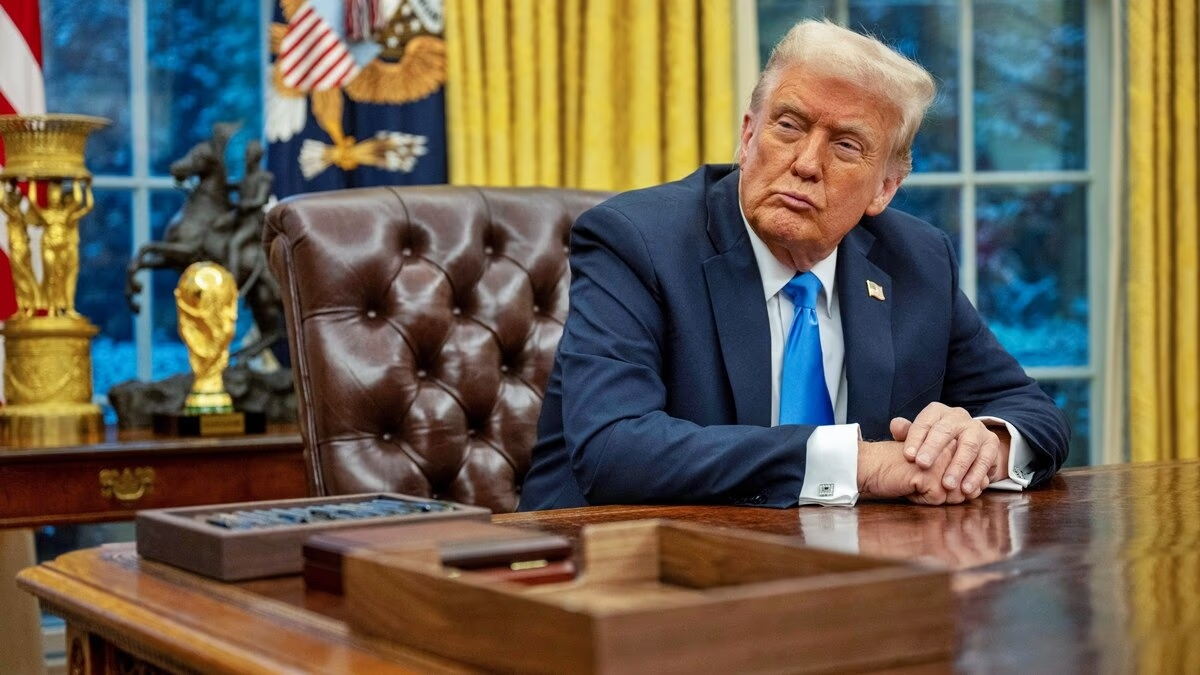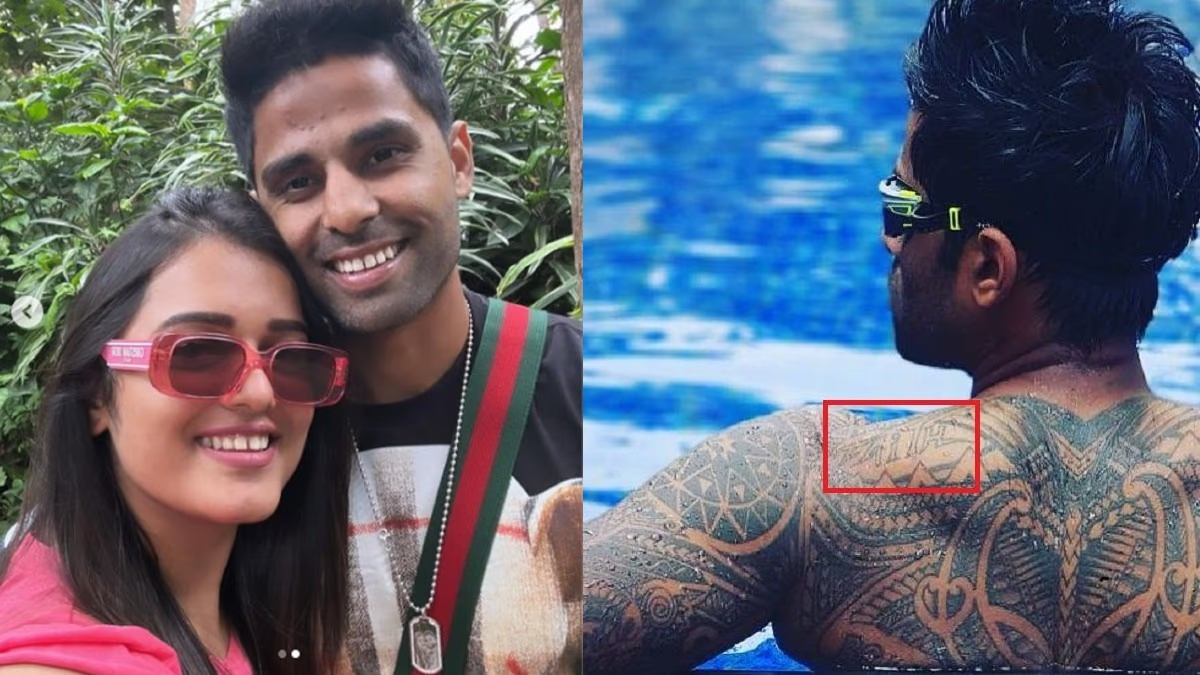The discussion about American tariffs is making headlines. Recently, President Donald Trump asserted that India has agreed to reduce tariffs. However, no official confirmation has yet come from India. Nonetheless, New Delhi hints that negotiations on a trade deal are ongoing.
Officials indicate groundwork is being laid for bilateral trade agreement talks. Discussions have just begun, so detailing specifics would be premature. India has previously reduced tariffs consistent with trade agreements involving various countries, without external pressure causing it.
What Exactly Did President Trump Claim?
Essentially, President Donald Trump stated that India has finally agreed to reduce tariffs on U.S. imports. He credited this decision to his administration’s efforts aimed at exposing unfair trade practices. Trump suggested that India made this move because they were finally exposed. The U.S. has announced reciprocal tariffs from April 2, stating this as a response to business-harming trade policies.
India's History of Tariff Reductions
India's response is pending, but high-level sources have distanced from claims of substantial tariff reductions. However, in line with past bilateral agreements, India has reduced its average tariffs for countries such as Australia, the UAE, Switzerland, and Norway. Discussions on similar agreements with the European Union and the UK are currently in progress.
'Not Trump's Pressure...'
Sources emphasized ongoing discussions about reducing tariffs between India and the U.S. should be seen in this context, not tied to Trump's deadline.
What Are U.S. Aspirations?
Reports suggest the U.S. has asked India to remove tariffs on nearly all goods, excluding agricultural products. If accepted, this demand implies New Delhi might abandon its trade protections with no apparent concessions.
Bilateral Talks between India and the U.S.
Last month, both nations agreed on beginning discussions by the end of the year on the first phase of a mutually beneficial multi-sector Bilateral Trade Agreement (BTA). It has a long-term goal to reach $500 billion in bilateral trade by 2030.
Earlier this February, during Prime Minister Narendra Modi's Washington visit, both President Trump and Prime Minister Modi backed the agreement. They aimed to advance discussions and increase market access, reducing both tariff and non-tariff barriers by appointing senior representatives.
This strategy led to the Indian delegation, headed by Commerce Minister Piyush Goyal, visiting Washington from March 3 to 6. During the visit, meetings with U.S. Commerce Secretary Howard Lutnick and Trade Representative Jamieson Greer took place.
Even in earlier Trump administration times, both Washington and New Delhi started discussions on limited trade agreements. However, previous negotiations didn't reach a conclusive end due to various reasons.
The deadline of April 2 draws near, prompting Indian policymakers and businesses to find ways to mitigate any impacts. Reports indicate that the central government is considering reducing tariffs on major U.S. imports.
Meanwhile, companies across sectors remain in contact with American partners to ensure business continuity.




